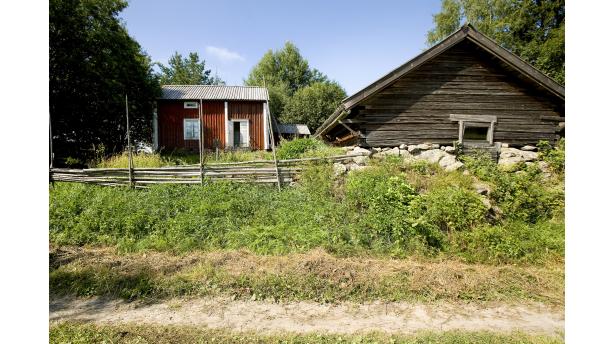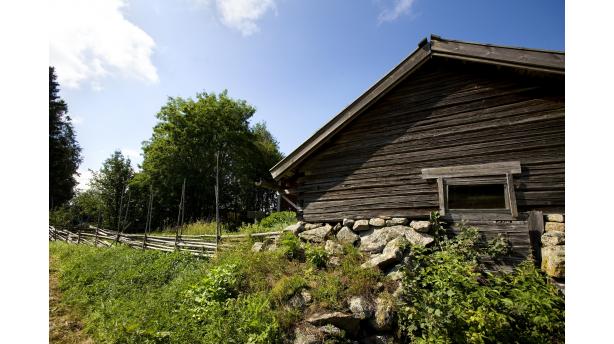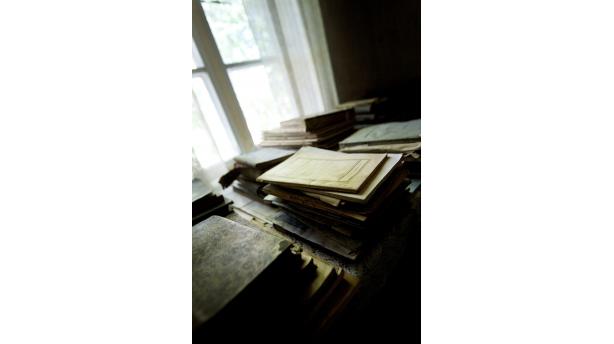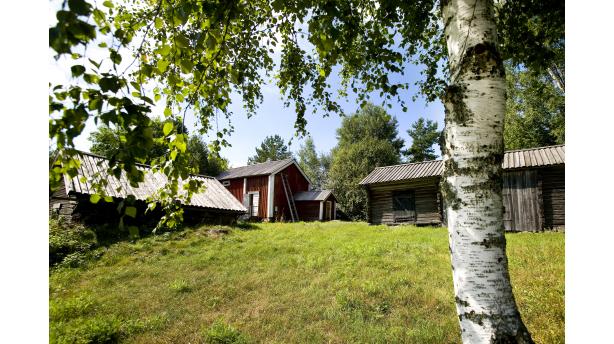Museum A-Ö » Rural life and craft » Ytterjeppo Soldier’s Cottage
Ytterjeppo Soldier’s Cottage




Did you know...
There have been around 25 soldier’s cottages in the Nykarleby region
Step into a lost time in the Ytterjeppo Soldier’s Cottage, where a genuine 1940s and 1950s interior design has been maintained. This beautiful cottage is situated on a woody hill and it has been built according to the measurements instructed for a soldier’s cottage: there is a porch, a main room and a bedroom.
The first entry of the soldier’s cottage’s resident is from 1753. The soldier’s cottage is a cottage built for the soldier and used by him. They were constructed all the way from the 17th century to the 19th century and were financed by files (i.e. groups formed by houses or estates). The files were required to give the soldiers a cow, range and some arable land. During peace the soldiers often worked as farmers or artisans. The bottom size of the soldier’s cottage had to be 8 x 4 m and the height seven beams (i.e. about 2 m) so that all the soldiers would have equal quarters.The farmers were responsible for providing the soldier and his family with everything they needed. In return the farmers or their descendants didn’t need to go to war, if such a situation should arise, as the file soldiers served on their behalf. If a soldier should die in service, the family of the deceased soldier had to move out of the croft in order to make way for a new soldier. The family could be faced with great hardships when becoming homeless with short notice.
Nine soldiers with their families in all lived in the Ytterjeppo Soldier’s Cottage. There is a list of the residents on display in the museum. The last soldier, Bertil Tammelin, fell in Nummijärvi in 1808 and his family lived in the croft until 1811. After this the croft was inhabited by tenant farmers. The tenant farmers were allowed to live in the cottage and farm the land belonging to the farmer. In return the tenant farmer did corvée i.e. contract work; in other words he worked for the farmer a certain amount of days in a year.
The last tenant farmers, Gustav and Sanna Bärs, moved to the cottage in 1900. The croft was lived in until the 1950s and the contemporary interior design has been preserved there. The Forsby-Ytterjeppo - hembygdsförening local association began to take care of the cottage in the 1980s after the city donated it to the association.
There is also a barn made of logs from the year 1603 on the area. It is an exceptionally old barn and one of a kind, at least in the vicinity. The farm also includes a cattle shed.
The soldier’s cottage is a suitable visiting sight for school classes, that usually visit the region once a year getting acquainted with old time living on the croft. Near the cottage is the Pääskjärvi hiking track, where it is possible to explore the ancient grave heaps and hunting pits.



